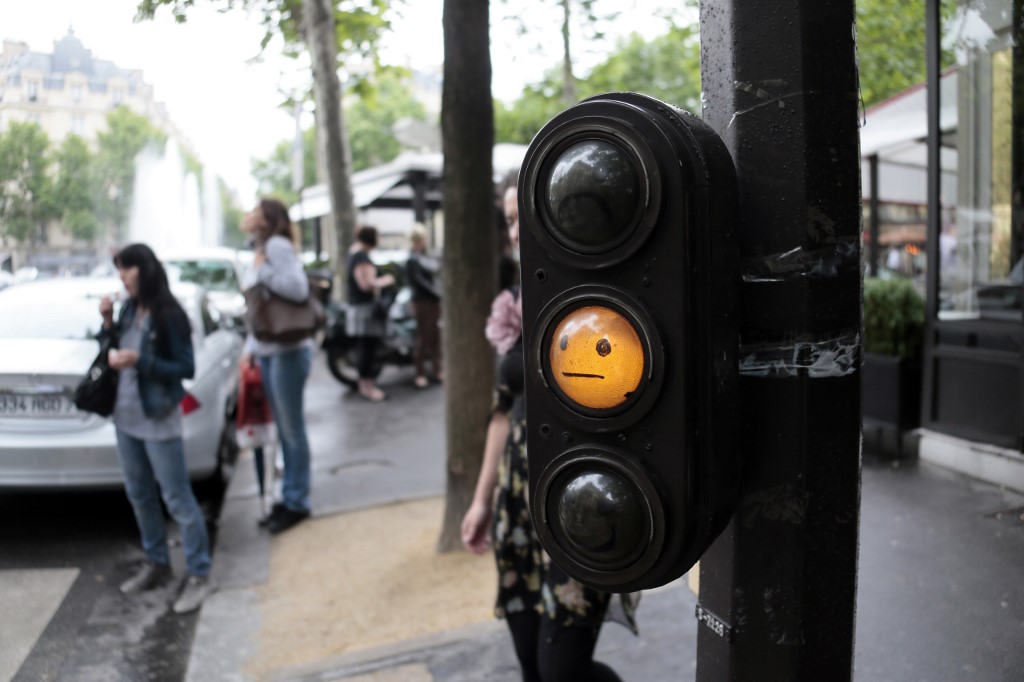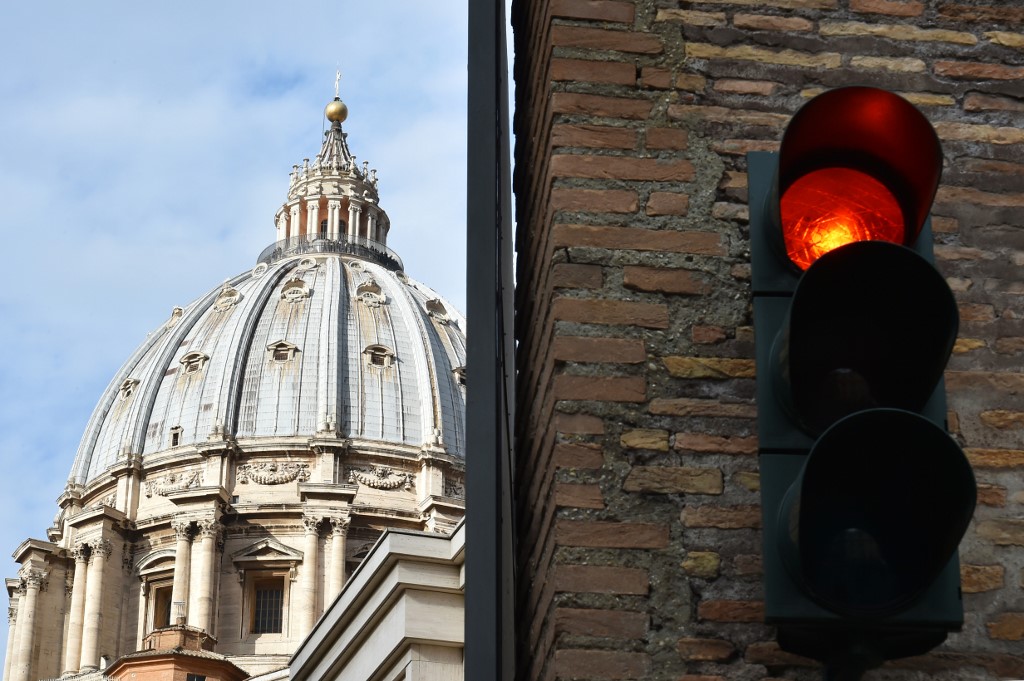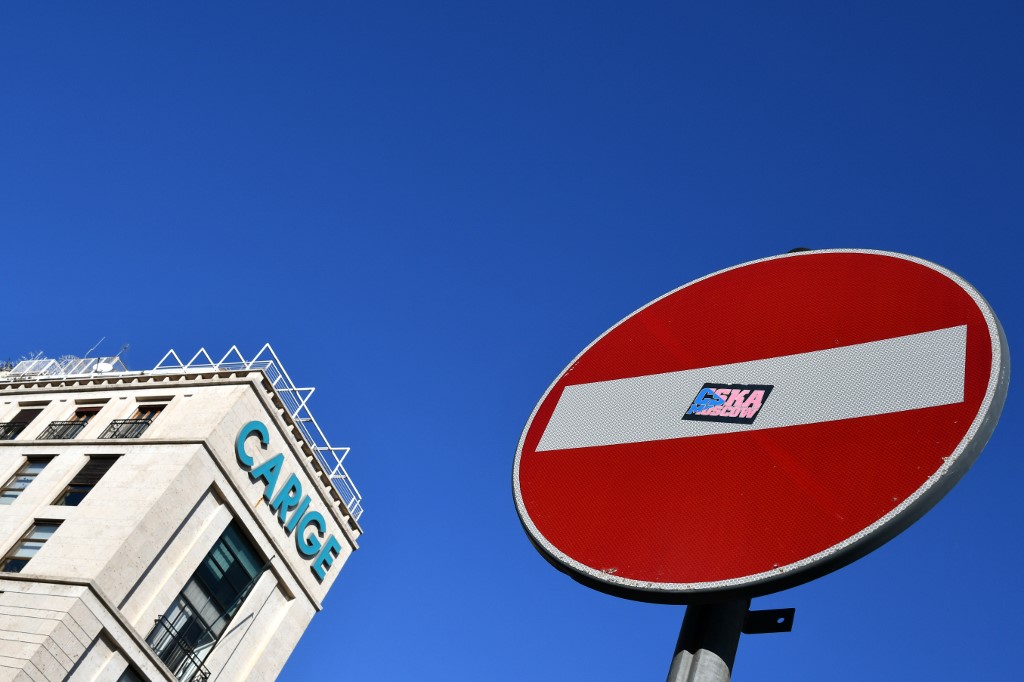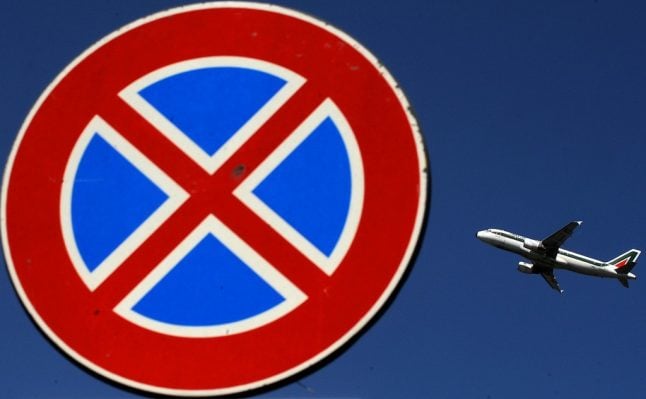The rules on travelling to Italy have changed several times in the past month, and they're different from the rest of the EU.
Some tourism is allowed; some travel to and from outside Europe is allowed; some journeys are allowed with a quarantine; and some places you just can't go.
Think of Italy's travel rules as a traffic light system: some countries have the green light for unrestricted travel, some are on amber with a quarantine requirement, and some are stuck on red with no tourism allowed.
Here are the rules, explained.

Photo: Christophe Simon/AFP
No restrictions, no quarantine
Most travellers within Europe can travel freely to and from Italy without having to justify their reasons for travel or quarantining upon arrival.
Most other European countries have also now dropped their own restrictions on Italy, meaning that travellers won't have to quarantine when they return home either: check with your government for its latest travel advice.
Where?
- All other members of the European Union: Austria, Belgium, Bulgaria, Cyprus, Croatia, Czech Republic, Denmark, Estonia, Finland, France, Germany, Greece, Hungary, Ireland, Latvia, Lithuania, Luxembourg, Malta, the Netherlands, Poland, Portugal, Romania, Slovakia, Slovenia, Spain and Sweden.
- All non-EU members of the Schengen Zone: Iceland, Liechtenstein, Norway and Switzerland.
- The UK: England, Scotland, Wales and Northern Ireland.
- Microstates and enclaves: Andorra, Principality of Monaco, Republic of San Marino and the Vatican City State.
Who?
- Citizens of those countries.
- Foreign residents living in those countries.
- Family members of a citizen or resident: spouse, civil or cohabiting partner, dependent children aged below 21 years, other dependent lineal relatives.
Exceptions: people who have travelled outside any of these countries in the 14 days before arriving in Italy, who will have to quarantine themselves for two weeks.
For example, someone travelling to Italy from France on July 15th would be required to self-isolate if they had travelled to France from the US on July 10th; but would not be required to self-isolate if they travelled from the US to France before July 1st.
Since July 24th, Italy also requires people travelling from Romania or Bulgaria to quarantine for their first 14 days in Italy. The rule applies to anyone who has been to either country in the two weeks before arriving in Italy, however briefly.
And as of August 12th, travellers entering Italy from Spain, Greece, Croatia or Malta must get tested for coronavirus either within 72 hours of departing or 48 hours of arriving. Provided they test negative, they are not obliged to quarantine.

Photo: Jacques Demarthon/AFP
Free to visit, but subject to 14-day quarantine
In line with advice from the EU, since July 1st Italy has re-allowed travel from approved countries with a low infection rate however unlike in neighbouring countries they will need to follow quarantine rules.
Travellers from these countries are free to visit Italy for any reason, including tourism, but they must quarantine for two weeks upon arrival.
You are expected to make your own arrangements for self-isolation before your arrive, including planning where you will quarantine and how you'll get there from the airport: you must not use public transport. You should inform the authorities of your plans via this form (available in English), which you will expected to show to border officers on arrival.
Where?
As of the last update on August 7th, the EU's 'safe list' includes 10 countries:
- Australia
- Canada
- Georgia
- Japan
- New Zealand
- Rwanda
- South Korea
- Thailand
- Tunisia
- Uruguay
China has also been approved, but the EU is waiting for confirmation that the arrangement will be reciprocal before adding it to the list.
The list will be reviewed and updated every two weeks.
Who?
The exemption only applies to residents of these countries, not people who may be nationals but live elsewhere. For example, an Australian residing in the US still could not visit Italy as a tourist.
READ ALSO: What's the latest news on travel from the US to Italy?

Photo: Alberto Pizzoli/AFP
Can only come in an emergency, subject to 14-day quarantine
Non-essential travel to Italy remains banned from the US, India, Russia and most other countries in the world.
READ ALSO: Who is allowed to travel to Italy from outside the EU?
People departing from these countries cannot come to Italy as a tourist, but they are allowed to enter for urgent, essential reasons that they will have to justify to border police.
Why?
- Work
- Health
- Absolute necessity
- To return home or to a place of residence
- Study
If you can prove your trip is essential and are allowed into Italy, you will have to quarantine yourself for 14 days after you arrive.
You must complete a form (available in English here) informing authorities of where you plan to isolate yourself and your arrangements for getting there: you must not travel by public transport.
Exceptions: You may not have to quarantine if you are only making a short trip to Italy (less than 120 hours) for proven work, health or other urgent reasons, or if you are only transiting briefly through the country on your way to somewhere else. People with connecting flights in Italy must simply remain inside the airport.

Photo: Alberto Pizzoli/AFP
Barred in almost all circumstances
As of July 9th, the Italian government introduced a travel ban on certain countries with high rates of infection. Four more countries have been added to the list since then.
Direct and connecting flights to and from these countries are suspended until further notice.
Where?
- Armenia
- Bahrain
- Bangladesh
- Bosnia Herzegovina
- Brazil
- Chile
- Colombia
- Dominican Republic
- Kosovo
- Kuwait
- North Macedonia
- Moldova
- Montenegro
- Oman
- Panama
- Peru
- Serbia
Who?
The ban applies to anyone who has been to any of those countries within the past 14 days, even if they were just transiting there.
Exception: Citizens of Italy, another EU country, the Schengen Zone or the UK who live in Italy permanently are allowed to return home from one of the countries on the 'risk list'.
For more information, check the Italian Foreign Ministry's website (in English), as well as the latest advice from the government of any countries you're travelling to or from.



 Please whitelist us to continue reading.
Please whitelist us to continue reading.
Is completing the purchase of a house considered an urgent need? I must sign and transfer funds, I can be in and our in just a few days.
If you read the latest information from the Italian government very carefully it would seem that Americans CAN travel to Italy but quarantine for 14 days. See here: https://www.esteri.it/mae/en/ministero/normativaonline/decreto-iorestoacasa-domande-frequenti/focus-cittadini-italiani-in-rientro-dall-estero-e-cittadini-stranieri-in-italia.html
It’s a little alarming that these rules expire July 31! We travel on August 1.
I have had several people help me try to decipher from the esteri.it website whether or not I, as an American currently living in the US, can travel to Italy. It seems to me that IF I spend at least 14 days in an “approved” country I could then enter into Italy. But they really don’t make it super clear and when I tried to email them and get clarification, they responded by copying part of the website, which was the part I had mentioned I needed clarification on….Oh good ole Italian Government! But the consensus has been that I could travel for tourism purposes after 14 days elsewhere (or quarantining there). Hope that’s correct!
It does seem like one from the US could quarantine for 14 days. How can we get clarification?
We each have a Permesso di Soggiorno and have documentation that gives us permission to stay in a house owned by a daughter. Does that count as resident status and allow us to enter Italy? We are planning to travel Aug. 1st and return the first of the year. That is where we would be quarantining for the two weeks.
From what I’ve read, you can enter Italy unrestricted if you quarantine in the U.K. for 14 days. It depends on the country you’re traveling from, not your country of origin. I was living with my fiancee who’s an Italian citizen from December 2019 to the middle of June 2020. I had to return to the United States to take care of an emergency. I’m flying to London on August 12th where I’ll be quarantining for 14 days before booking a flight to Rome. I’ll let you know how it works out.